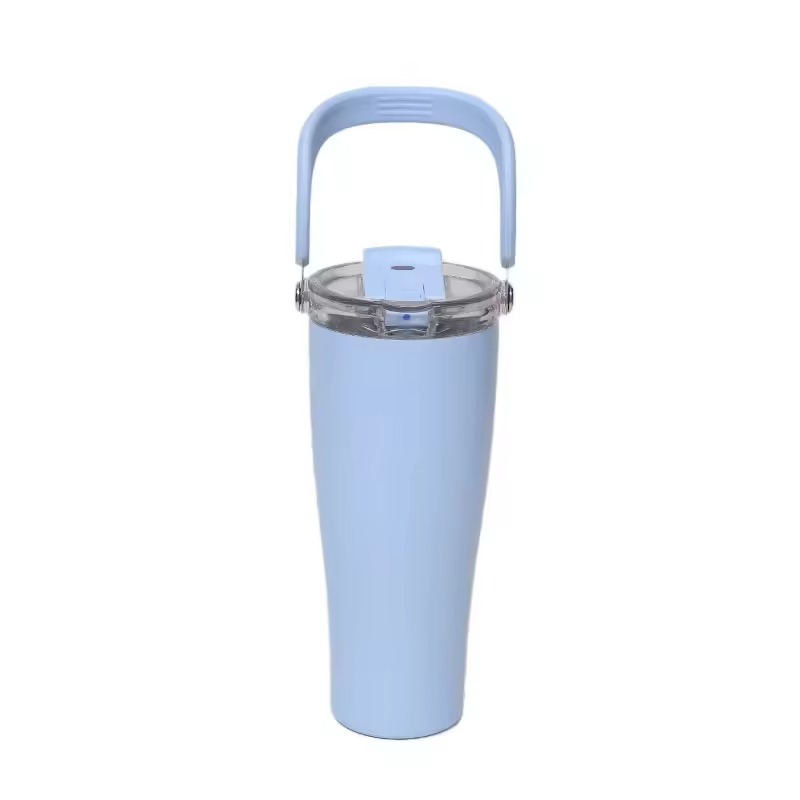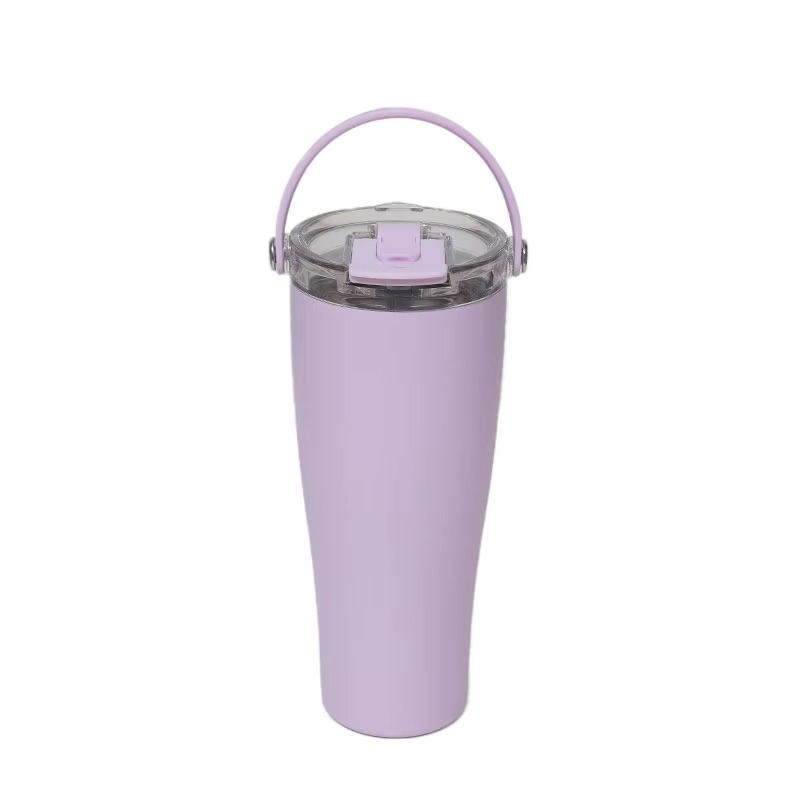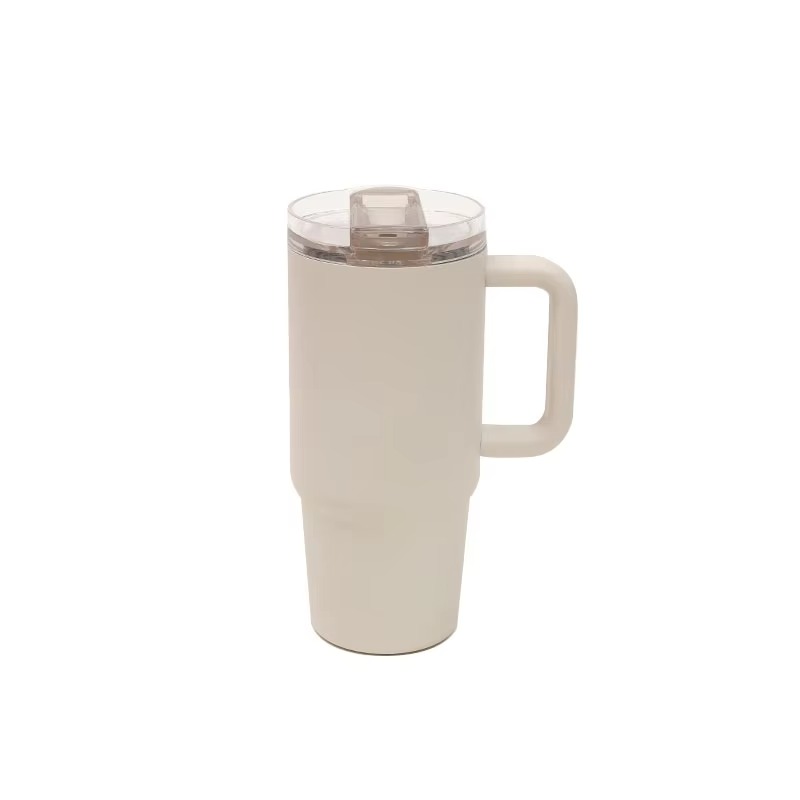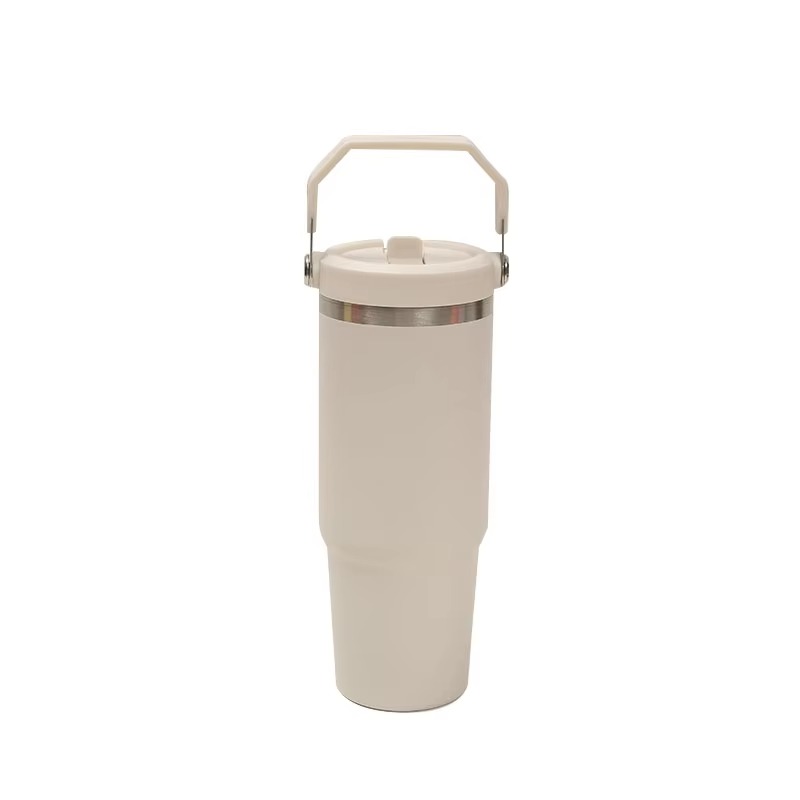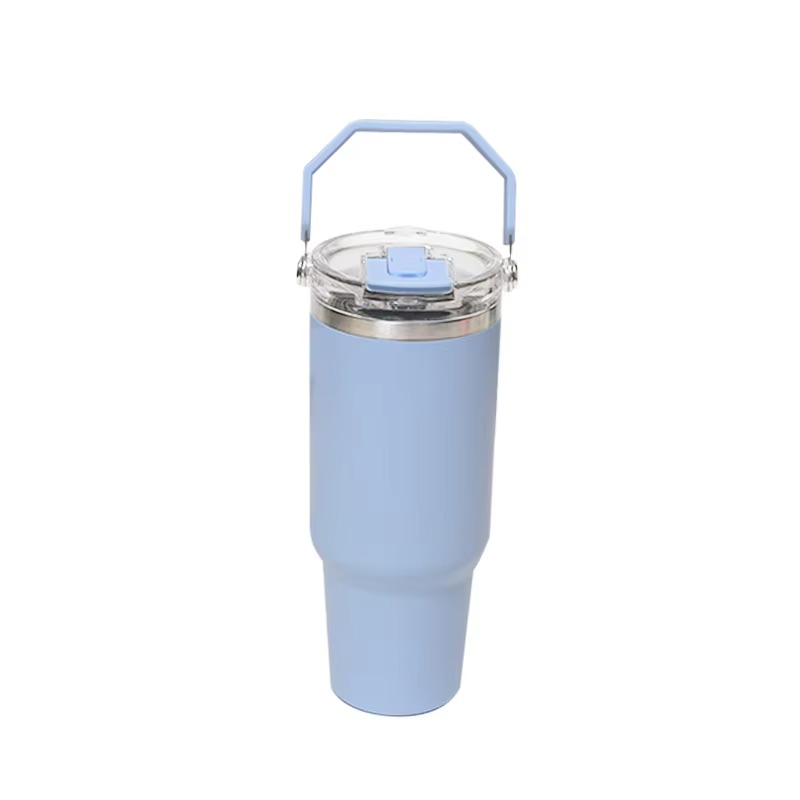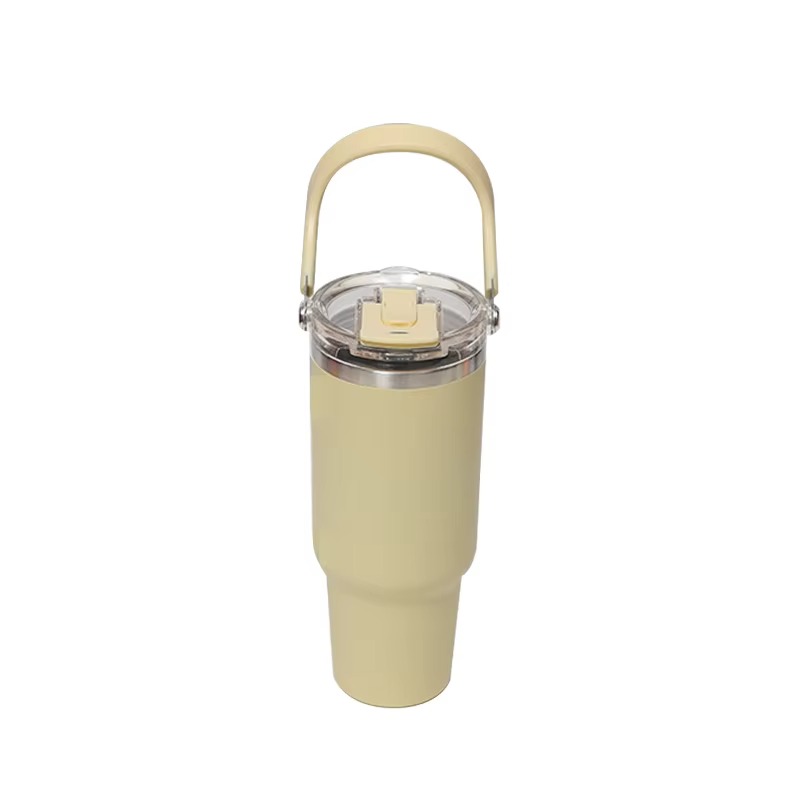In an era where environmental consciousness is increasingly shaping consumer behavior, the demand for sustainable alternatives to traditional disposable plastic products is on the rise. Amidst this growing trend, a new type of plastic tumbler has emerged as a promising solution, offering a blend of practicality and eco-friendliness that aligns with modern lifestyles.
The introduction of the Plastic Tumbler marks a significant departure from conventional plastic cups. Crafted from advanced eco-friendly materials, this tumbler retains the desirable attributes of traditional plastics—such as being lightweight and durable—while significantly reducing its environmental footprint. Unlike traditional plastic cups, which often contribute to pollution and waste, the Plastic Tumbler is designed with sustainability in mind. Its production process is more energy-efficient, resulting in lower energy consumption and reduced greenhouse gas emissions. Moreover, at the end of its useful life, the Plastic Tumbler can be recycled through specialized programs, transforming it into new plastic products and thus promoting a circular economy that less the depletion of natural resources.
The design of the Plastic Tumbler is another key factor contributing to its appeal. With a sleek and modern aesthetic, it caters to contemporary tastes. The tumbler offers a practical capacity suitable for various settings, whether it's a busy office, a family gathering, or an outdoor adventure. Its unique mouthpiece design ensures outstanding sealing performance, preventing leaks and making it convenient to carry around. Additionally, the Plastic Tumbler boasts good thermal insulation properties, allowing beverages to maintain their desired temperature for extended periods. This means that consumers can enjoy their hot or cold drinks, no matter the circumstances.
The launch of the Plastic Tumbler has garnered significant attention from both the market and consumers. Many individuals are eager to adopt this eco-friendly and functional alternative to traditional plastic cups, as it not only meets their daily needs but also reflects their commitment to environmental protection. Environmental organizations have also praised the Plastic Tumbler, viewing it as a positive example for the sustainable development of plastic products and a potential catalyst for a greener transformation within the plastic industry.
However, the journey of the Plastic Tumbler is not without challenges. Despite its recognized eco-friendly characteristics and predominant performance, there are still hurdles to overcome in terms of market penetration. Consumer habits, deeply ingrained by years of reliance on traditional plastic cups, can be difficult to change. Moreover, there is a need to enhance public awareness and understanding of the benefits of the new plastic materials used in the tumbler. Additionally, the recycling infrastructure for the Plastic Tumbler must be further developed to ensure that it is effectively recycled at the end of its life cycle.
The advent of the Plastic Tumbler represents a crucial step in the plastic industry's quest for sustainability. It offers consumers a practical and environmentally responsible alternative to traditional plastic cups, while also pointing the way forward for the sustainable development of plastic products. As technology advances and market acceptance grows, the Plastic Tumbler is poised to play an increasingly vital role in our daily lives, contributing to the preservation of our planet for future generations.

 English
English Español
Español русский
русский